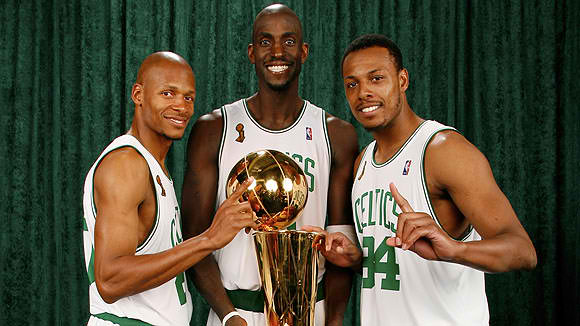I Like Mike (Part 2)
Regular readers know that I'm a big fan of Mike Bloomberg. I wrote about him in an earlier post back in 2008. Chris Dixon interviewed him for TechCrunch’s Founder Stories series last November. It's an insightful and inspiring interview -- I recommend watching when you have some time. Here's some of the highlights/insights for me. I’m paraphrasing Mike, of course.
- One of the goals of New York City is to have a park within a ten minute walk of every New Yorker.
- The business goals for New York isn’t to pay companies to come here through subsidies, it’s to create an environment where people want to live. That means great culture, parks, schools and reduced crime.
- Big companies are like governments in that they setup very reasonable bureaucracies to minimize risk. But that bureaucracy is what prevents them from innovating. That’s why we need startups.
- The United States is committing suicide by not giving citizenship to foreign entrepreneurs.
- People talk about making New York more of a hub for college education, much like Boston. It turns out that there are more undergraduate and graduate students in New York City then there are people in Boston.
- There are 13 public golf courses in New York City and Staten Island's land mass is almost 25% park.

